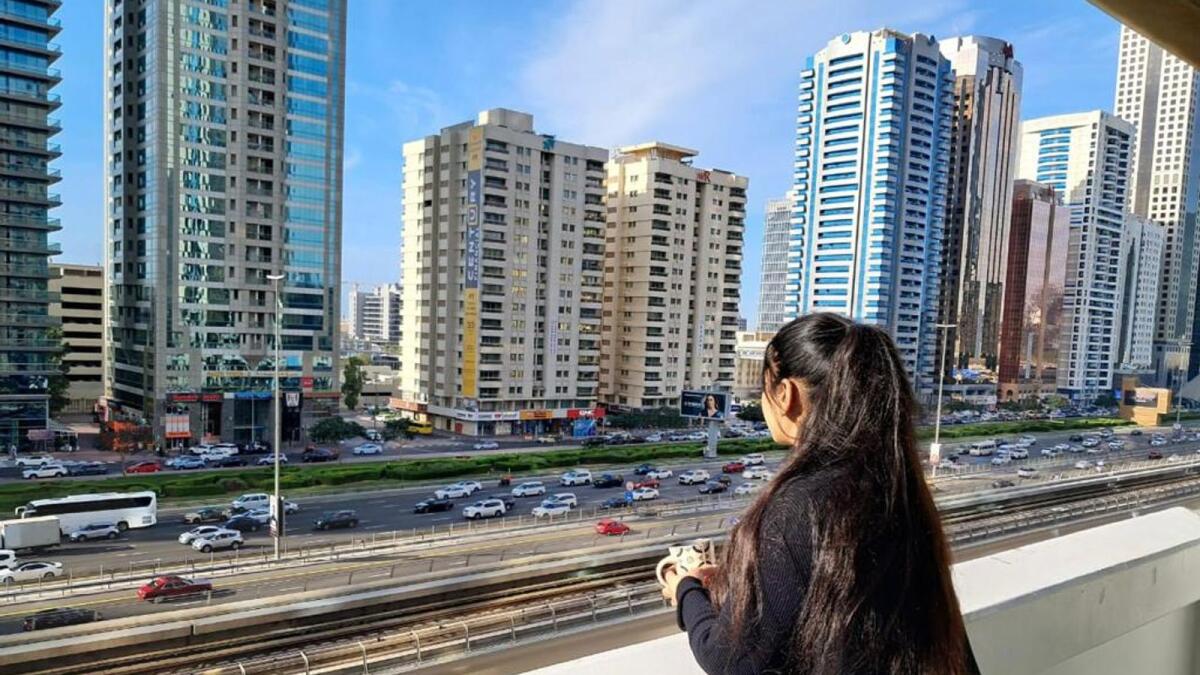In Dubai, new property units are approximately 12.5 per cent smaller than older units, despite prices increasing substantially in the post-pandemic period. This has led many property buyers and investors to seek affordable options in outskirts areas to find larger properties at lower rates. According to Zhann Jochinke, director of market intelligence and research for Cavendish Maxwell, there is a significant difference in quality and overall offering between new apartment projects and older ones. The highest price per square foot premiums are observed in 1-bedroom units, which are approximately 12.5 per cent smaller than older units, yet sales prices only show a slight increase.
Property Monitor analysts have reported that off-plan price premiums exceeded 20 per cent, reaching as high as 80 per cent in Dubai Sports City and 70 per cent in International City. The demand for larger units has increased significantly post-pandemic as residents spent more time indoors due to safety measures. This has resulted in a surge in property prices and rentals to record highs. As established Dubai communities see soaring sale prices, people are turning to more affordable areas to find similar or larger properties at lower prices. Additionally, the rise in rental prices and accessible mortgage products are pushing residents towards home ownership.
The increase in property demand has also caused prices for plots to rise substantially, prompting developers to reduce the sizes of apartments to accommodate more units in their projects. In April 2024, property prices reached all-time highs at Dh1,351 per sqft, marking a 72.1 per cent increase from April 2009 and a 9.5 per cent increase from the market peak in September 2014. Prices have seen a 20.1 per cent year-on-year increase in April, with 38 straight months of year-on-year increases and a 5.23 per cent year-to-date increase in April 2024 compared to 2.67 per cent in April 2023.
Looking ahead, Jochinke anticipates that the divergence between the ready and off-plan market segments will persist. While the ready property market is plateauing in most property types and price points, except for single-family homes undergoing renovations, the off-plan market is expected to maintain its dominant position with vigorous project launches. Jochinke warns that ongoing monitoring of absorption rates is crucial, as a slowdown could signal an oversupply issue that may lead to a market slowdown. Despite his optimism for sustained growth in the real estate market, he emphasizes the importance of decision-makers remaining mindful of lessons learned from previous market fluctuations.











